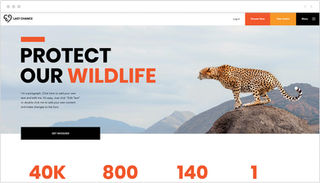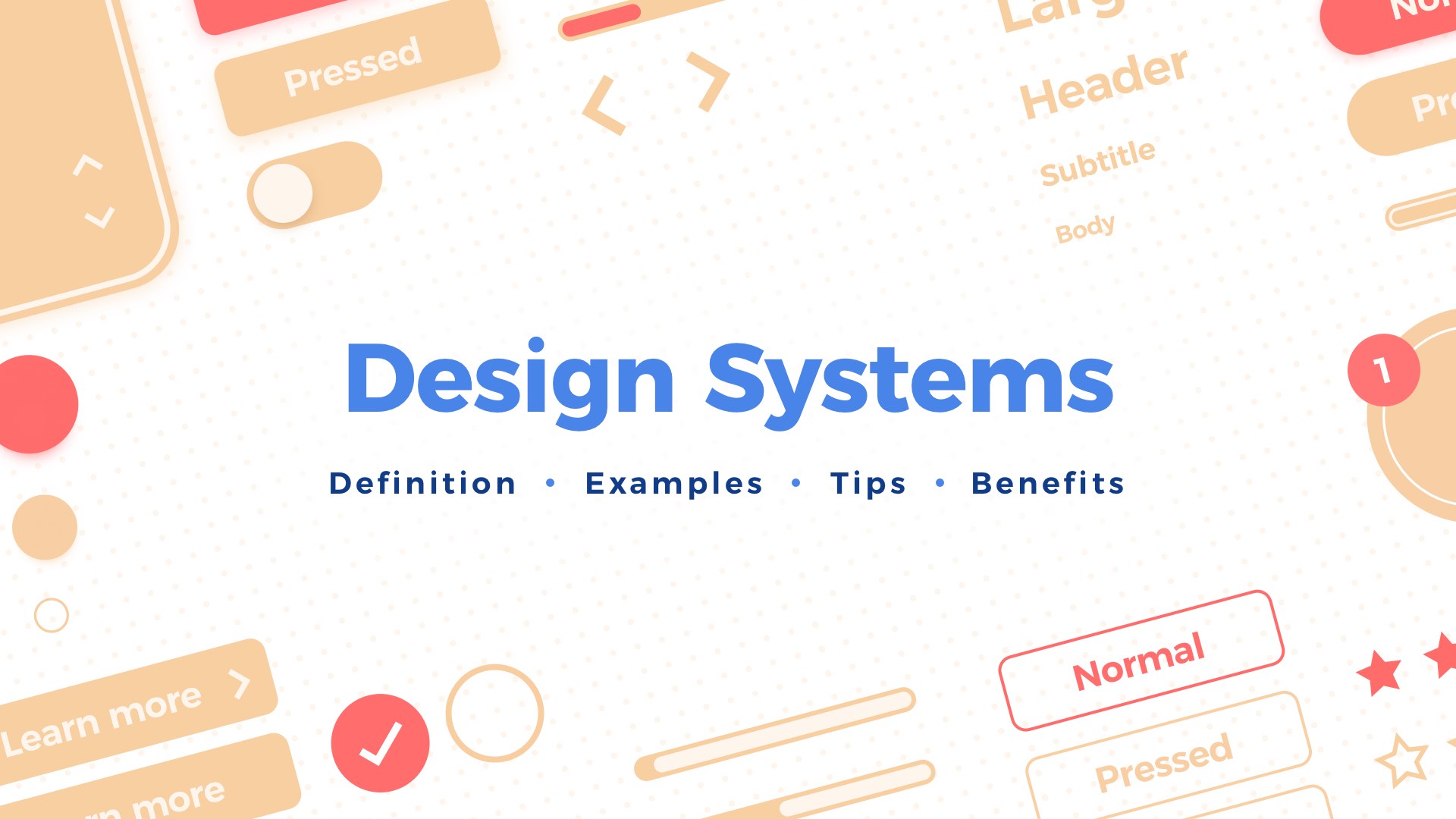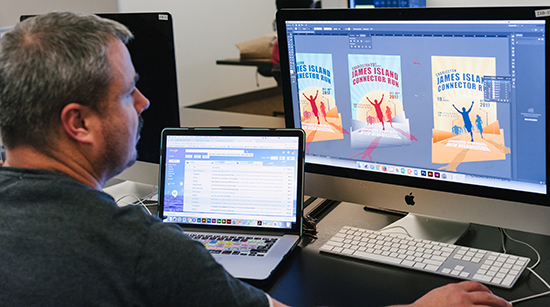
These are the principles you need to keep in mind when designing for mobile devices. These principles include predictability and legibility. These principles ensure that users are not frustrated and don't lose their patience. They will appreciate the convenience of simple functions, such as setting an alarm, and will not want to spend more time to complete the task. A mobile user will appreciate simple features, like being able access content without the need to navigate through complicated menus.
Predictability
Predictability is the ability to anticipate future events. Predictability is an essential component of experience. Predictability improves customer perception and leads to increased sales. For example, predictability is a crucial element in the success of McDonalds, which created a global phenomenon by providing the same food and service to customers. The company could provide the same predictable experience to every customer, even though there was only one US store open per day.
It is more enjoyable for users to have a predictable experience with a product. Predictability reduces mental effort and reinforces a sense of security. For example, flow control should work in the same manner throughout the product. Visual and function consistency is key to usability, and it improves our ability to learn. Users are more likely to use new features when there is internal consistency.
Legibility
One of the most important principles in mobile design is legibility. This means that text and symbols should be easy to distinguish. Designers need to consider the contrast between dark and lighter text colors in order to make sure that mobile device text is legible. The Web Content Accessibility Guidelines recommends that large text be paired with a dark background at a minimum of 4.5:1. WebAIM Contrast Checker allows designers to check that the text displayed on mobile designs is legible.

The screen size of smartphones is small, so it's essential to make content easier to read. Use large fonts so that you can read it without having to zoom. It's also important to use whitespace and make the interface visually appealing. The more whitespace a mobile user has the better they are likely to be able to read the text.
Visual weight
Visual weight is one design principle in mobile design. The relative weight of design elements is called visual weight. This can be apparent, as larger objects may appear heavier than smaller ones. A particular color might appear to be heavier than others. Visual weight also refers to symmetry. To achieve balanced design, it is important to have the same weight in all elements.
Visual weight is a fundamental design principle. It creates a visual hierarchy that guides the user. If you use it well, it can help to create a cohesive design that makes the product more user-friendly.
Avoiding error situations
In mobile design, avoiding error conditions is essential to the overall experience. It is essential to avoid errors that cause friction or frustration for users. There are many reasons why errors can happen, such as user error or app failure. This means utilizing your constraints and making sure that your mobile app is as easy to use as possible.
The error state should be distinguished from the normal input fields. This allows users to quickly identify mistakes. A user can easily recognize errors by making the condition clear.

The creation of a seamless experience
Smartphone users are becoming more dependent on their mobile devices and demand better mobile experiences. They expect smooth, fast interactions and no dead ends. Mobile users require a different approach from designing for desktop. It's important to understand the user's journey from start to finish and how they will switch between desktop and mobile. You can design a mobile experience that users love by understanding this.
Mobile design also requires that tasks are broken down into smaller chunks. UX design principles that break down tasks into smaller steps have been proven to be effective in mobile. An excellent example is a step by step checkout flow. This requires the user perform a series if actions before completing the purchase. Users can easily move on to the next part of the experience by breaking down tasks into smaller chunks.
FAQ
How To Make A Static Web Site
Two options are available when you create your first static web site.
-
Content Management System (a.k.a. WordPress: Download this software and install it to your computer. You can then use it to build an important website.
-
How to Create a Static HTML Website. In this instance, you will need to write your HTML/CSS codes. It's not hard to do if you already understand HTML.
A professional may be able to help you create a large website.
Start by choosing option 2.
How do I create a free website?
It all depends on which type of website it is. Do you want to sell online products, start a blog, build a portfolio, or both?
You can make an essential website using only HTML and CSS (a combination of HyperText Markup Language and Cascading Style Sheets). Although HTML and CSS are possible to create a website, most web developers recommend using WYSIWYG editors such as Frontpage or Dreamweaver.
Hiring a freelance developer is a good option if you don’t have much experience with designing websites. They can help you create a custom website based on your needs.
A freelance developer can charge you a flat fee per project or hourly rate. The price of hiring a freelancer will vary depending on how much work is completed within a specified timeframe.
For example, companies may charge 50-100 dollars an hour. Higher rates will be charged for larger projects.
A lot of freelance websites offer job listings. You could search there first before contacting potential developers directly.
Where can I locate freelance web developers
Many places have freelance web developers and designers. Here are some of the best options:
Freelance sites
These websites offer job listings for freelancers. Some have very specific requirements, while others don't care what type of work you do.
Elance has many high-quality positions for writers, programmers (programmers), editors, translators and managers.
oDesk has similar features, but they focus on software development. They offer jobs in PHP, Perl, Java, C++, Python, JavaScript, Ruby, iOS, Android, and.NET developers.
Another option is oWOW. Their site is focused on web and graphic designers. You can also get video editing, programming and SEO services.
Online Forums
Many forums let members advertise and post jobs. DeviantArt is a forum for web developers. Searching "web developer", in the search bar will bring up a list with threads that are looking for help with websites.
Do I hire a web developer or make it myself?
If you are looking to save money, don't spend on web design services. Hiring someone else to make your website is a good option if you're looking for quality results.
You don't need to hire expensive web designers to create websites.
If you're willing, you can learn how you can make a site that is beautiful using free tools like Dreamweaver.
You might also consider outsourcing your project to an experienced freelance web developer who charges by the hour instead of per-project.
How much does it cost to create an ecommerce site?
It all depends on what platform you have and whether or not you hire a freelancer. Most eCommerce sites start at around $1,000.
Once you've chosen a platform you can expect to pay $500-$10,000.
You won't spend more than $5,000 if you are using a template. This includes any customizations you may need to match your brand.
How do you choose a domain name
It is important that you choose a domain name that is memorable. People won't know where to go if they don't have a good domain name.
Domain names need to be short and simple to remember, relevant for your brand, and unique. You want it to be something people will type into their browser.
Here are some tips to help you choose the right domain name.
* Use keywords related your niche.
* Avoid using hyphens (-), numbers and symbols.
* Don't use.net or.org domains.
* Never use words that have already been used.
* Avoid generic terms, such as "domain" or web site.
* Check to make sure it's there.
Statistics
- At this point, it's important to note that just because a web trend is current, it doesn't mean it's necessarily right for you.48% of people cite design as the most important factor of a website, (websitebuilderexpert.com)
- When choosing your website color scheme, a general rule is to limit yourself to three shades: one primary color (60% of the mix), one secondary color (30%), and one accent color (10%). (wix.com)
- The average website user will read about 20% of the text on any given page, so it's crucial to entice them with an appropriate vibe. (websitebuilderexpert.com)
- In fact, according to Color Matters, a signature color can boost brand recognition by 80%. There's a lot of psychology behind people's perception of color, so it's important to understand how it's used with your industry. (websitebuilderexpert.com)
- Is your web design optimized for mobile? Over 50% of internet users browse websites using a mobile device. (wix.com)
External Links
How To
What is Website Hosting?
Website hosting refers to where people go when they visit a website. There are two types.
-
Shared Hosting - This is your cheapest option. Your website files reside on a server controlled by someone else. Customers who visit your website send their requests via the Internet over to that server. The request is then handed to the owner of that server.
-
Dedicated hosting – This is the most expensive option. Your website will reside on a single server. Your traffic stays private as no other websites can share the same server.
Most businesses choose shared hosting because it's less expensive than dedicated hosting. Shared hosting allows you to have your website run by the company who owns the server.
Each option has its pros and cons. Here are the main differences between them:
The pros of shared hosting:
-
Lower Cost
-
Easy to Set Up
-
Frequent Updates
-
It can be found at many web hosting providers
Hosting shared can be as low as $10 per month. But keep in mind that this price usually includes bandwidth. Bandwidth refers to the amount of data you can transfer across the Internet. Even if you are only uploading photos to your blog site, high data transfer rates can still cost you extra.
You'll soon realize why your old host cost so much once you get started. The majority of shared hosts offer limited customer support. Although their techs may help you with setting up your site, it's not a common practice.
A provider with 24-hour telephone support is a good choice. They'll take care of any issues that come up while you sleep.
Cons of dedicated hosting
-
More Expensive
-
Less is More
-
Specific Skills Required
You're getting everything you need with dedicated hosting to operate your website. You won't worry about how much bandwidth you are using or how much RAM (random Access Memory) you have.
This means that you will have to pay a little more upfront. You'll soon realize that your business is self-sufficient once it's online. You'll be able to manage your servers effectively.
Which Is Better For My Business:
The answer will depend on the type and purpose of your website. Shared hosting is best for those who only need to sell products. It is easy to set-up and manage. It's easy to set up and maintain, as you share a server with other sites. You will likely be updated frequently.
However, dedicated web hosting is the best way to build a community around you brand. You can focus on building your brand without worrying about handling your traffic.
If you're looking for a web host that offers both options, we recommend Bluehost.com. Bluehost.com provides unlimited monthly data transfer, 24/7 support, free domain registration and a 30-day money back guarantee.